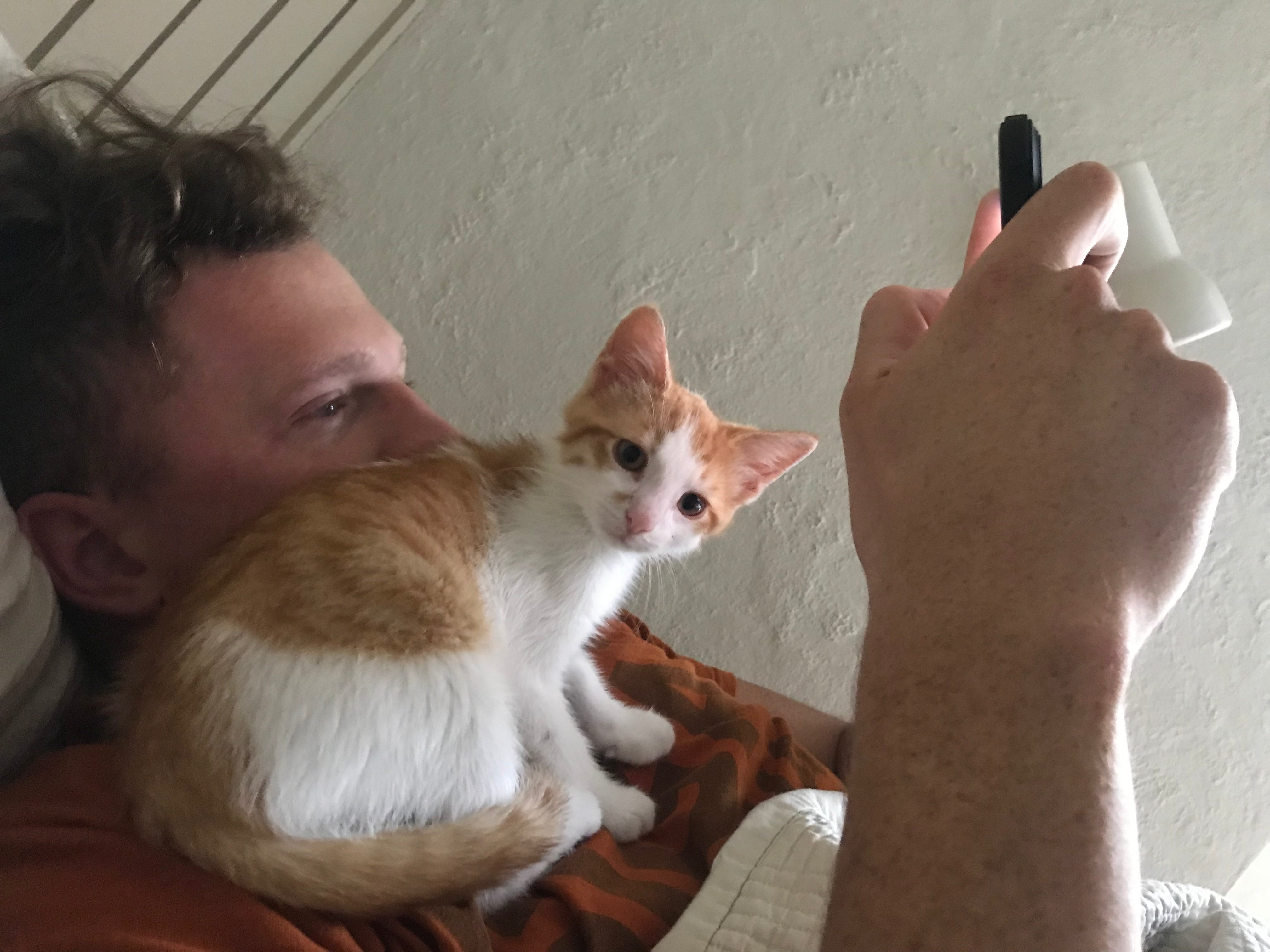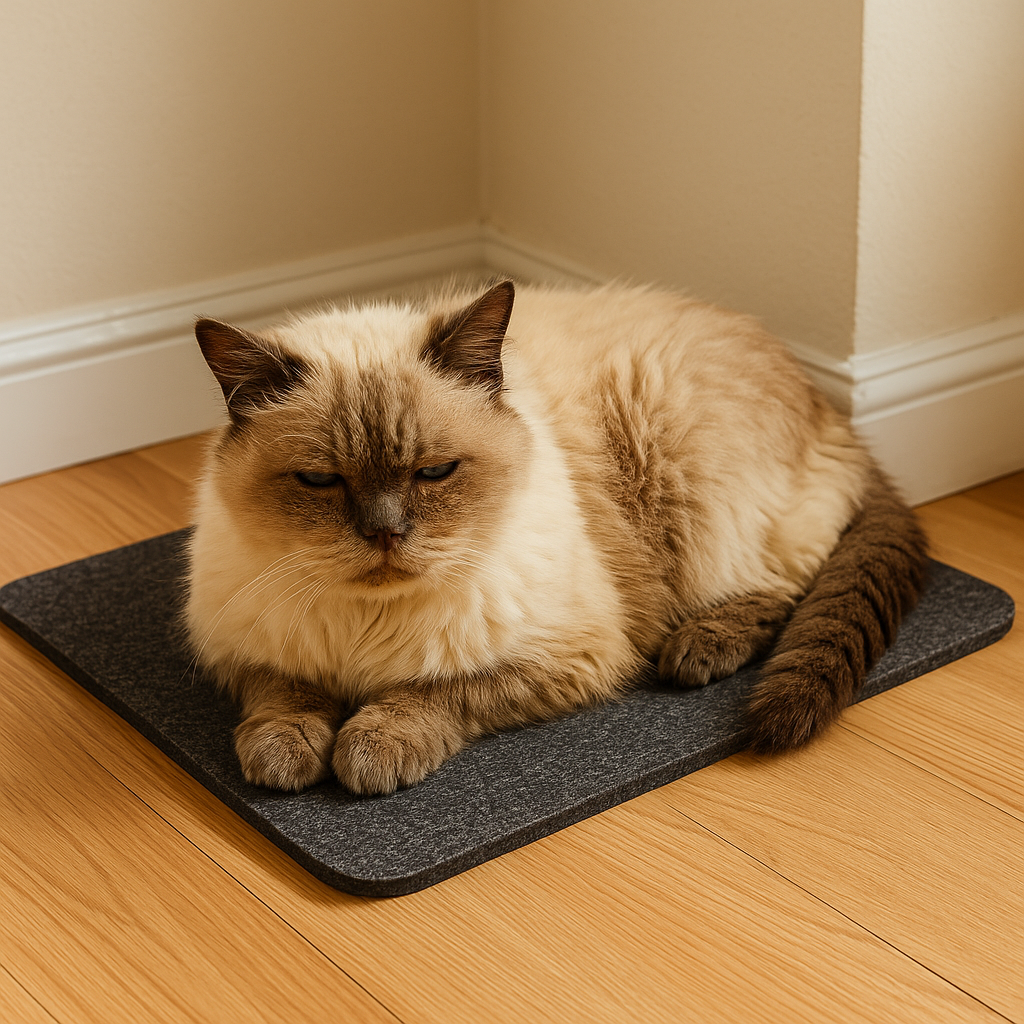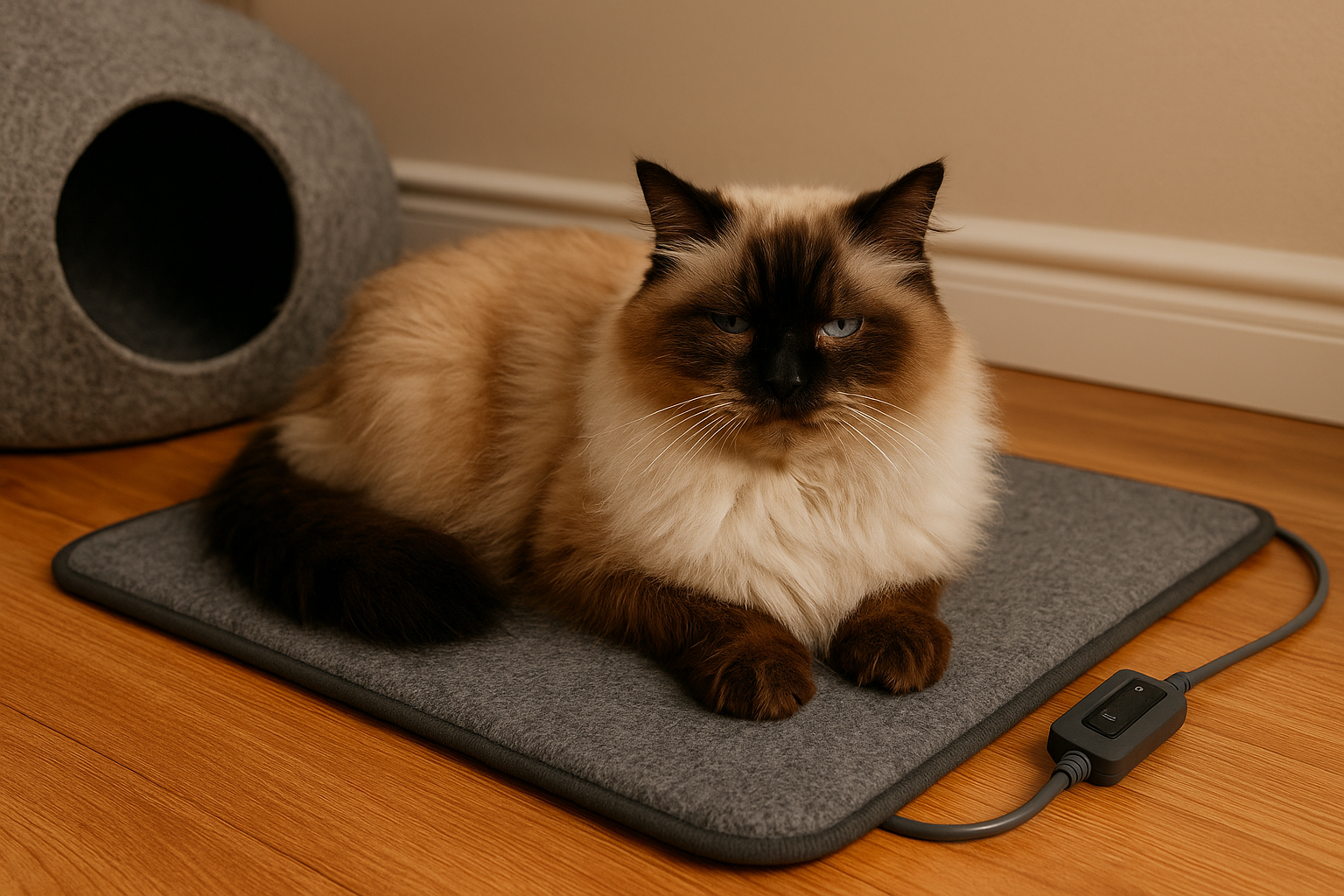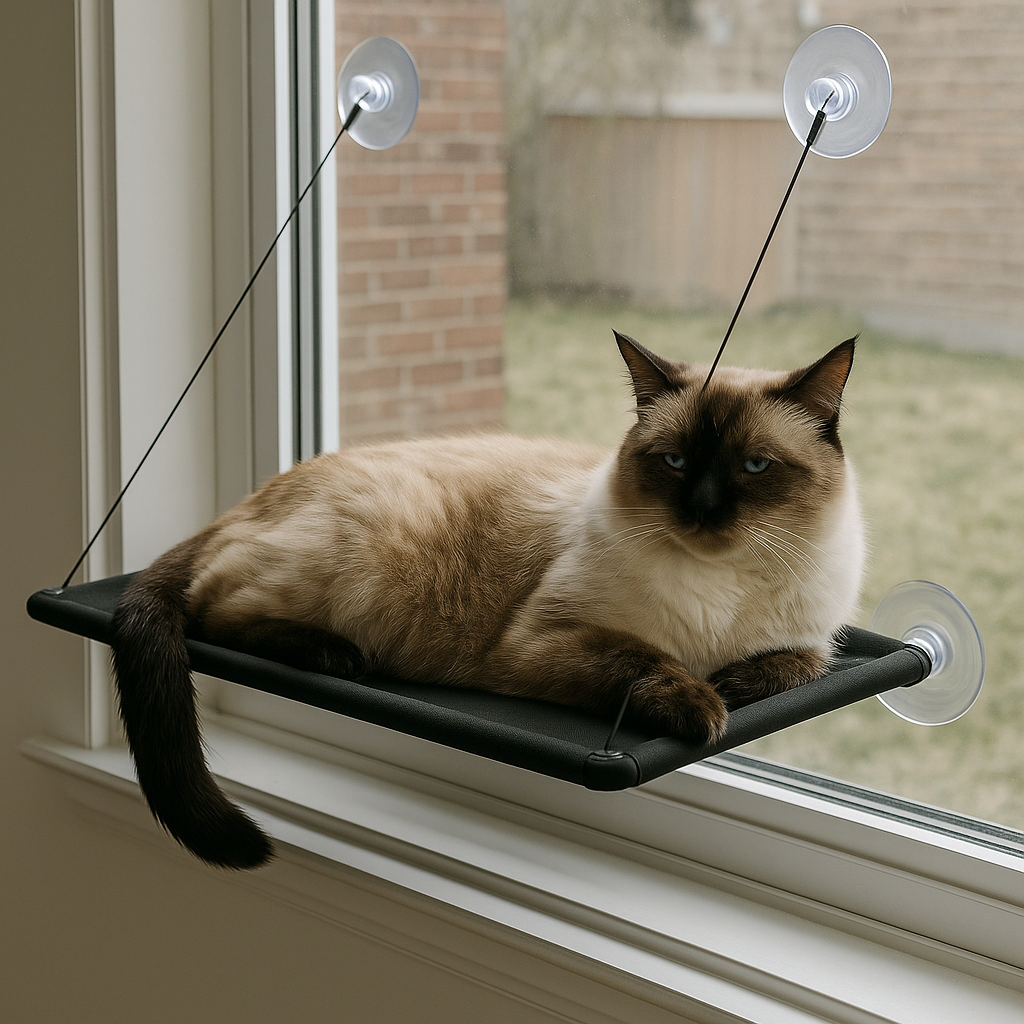Vomiting vs Regurgitation in Cats: Key Differences 2025 Guide 🤢
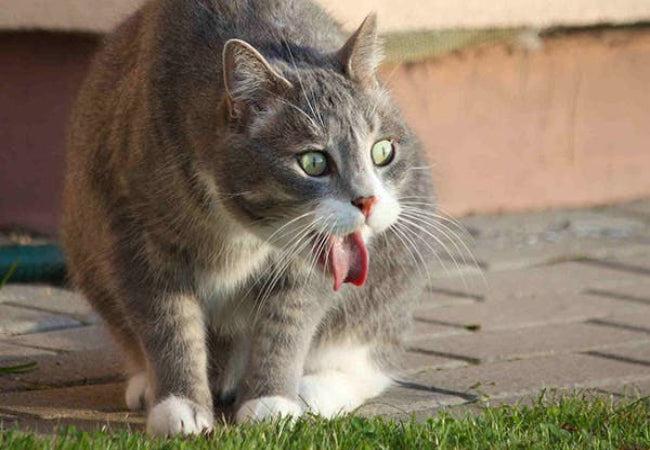
In this article
Vomiting vs Regurgitation in Cats: Key Differences 2025 Guide 🤢
By Dr. Duncan Houston BVSc
As a cat parent, it’s common to wonder: “Is my cat vomiting or regurgitating?” While these terms are often used interchangeably, they describe distinct behaviors with different causes, implications, and treatments. Recognizing the difference can help you provide better care for your feline friend and communicate more effectively with your veterinarian.
🐾 What is Regurgitation in Cats?
Regurgitation is a passive process, usually occurring shortly after eating.
Key characteristics:
-
Expelled food is undigested and may appear tubular, reflecting the shape of the esophagus.
-
Cats show little or no distress while regurgitating.
-
Often happens immediately or within minutes after a meal.
Common causes of regurgitation include:
-
Esophageal disorders
-
Rapid eating or gulping food
-
Obstruction or inflammation in the upper digestive tract
🤮 What is Vomiting in Cats?
Vomiting is an active process, often accompanied by retching, gagging, or abdominal heaving.
Key characteristics:
-
Expelled material is partially digested, may contain bile, and is not tubular.
-
Cats often appear distressed or uncomfortable during the process.
-
Can occur anytime, not necessarily after a meal.
Common causes of vomiting include:
-
Dietary indiscretion or eating spoiled food
-
Gastrointestinal disorders (gastritis, ulcers, infections)
-
Systemic illnesses such as kidney disease, hyperthyroidism, or liver disease
📝 Observing Your Cat
When your cat vomits or regurgitates, note:
-
Timing: Immediately after eating or hours later?
-
Appearance: Tubular vs partially digested, presence of bile
-
Behavior: Calm vs distressed
These observations provide your vet with crucial clues for accurate diagnosis.
🩺 When to See a Veterinarian
While occasional vomiting or regurgitation can be normal, frequent or persistent episodes require veterinary attention. Early intervention can prevent complications and identify underlying conditions before they become serious.
💡 Tips for Cat Owners
-
Maintain regular vet check-ups
-
Feed a balanced, appropriate diet and avoid sudden dietary changes
-
Monitor your cat’s behavior, appetite, and bowel movements
-
Keep track of vomiting/regurgitation episodes for veterinary evaluation
🐱 Final Thoughts
Understanding the difference between vomiting and regurgitation empowers you to make informed decisions about your cat’s health. By observing symptoms carefully and seeking timely veterinary care, you can ensure your feline friend remains happy, healthy, and thriving.




